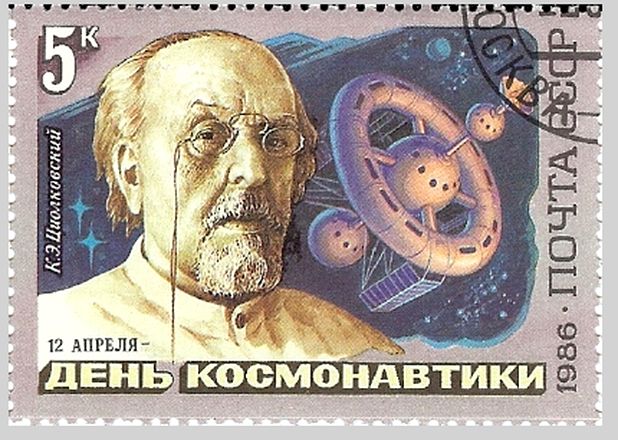Right now, satellites surround our planet, nearly 6,000, circle the earth, with huge constellations and different features. Even some of unknown functions. However, these objects have improved the quality and technology in home as we may notice.
We would not be surprised that Newton devised the idea because of the universal gravity force, and his experiment with Newton’s cannonball. Newton explains that using a cannon on top of a mountain, if there was no gravity the ball follows a straight line leaving the earth. If the speed of the ball reaches the orbital speed at that altitude, the ball trajectory will be circular like a moon.
In 1903, Konstantin Tsiolkovsky, a soviet rocket scientist, published on space travel, he is considered one of the fathers of astronautics. The main work related to reaching space was Exploring Space Using Jet Propulsion Devices in which resume the use of rocketry to launch spacecraft.

On 4 October 1957, the Soviet Union launched the Sputnik 1, it circled the earth for three weeks before its energy died and orbited in silent for two months. On 3 November 1957, Prosteyshiy Sputnik 2 was launched and the incredible fact is it carried a living animal in it, Laika, the soviet space dog. Here we can see the Soviet Union started a dream without any rival.

The artificial object that starts the space race was the Explorer 1, designed by United States in answer to the outstanding demonstration of the Soviet Union. So, the Explorer 1 was the first satellite of USA, launched on 31 January 1958. Dr. Wernher von Braun led the project that designed the rocket that carried the Explorer 1 to Space.

This plan began in 1954, the launching task was in charge of the ABMA (the Army Ballistic Missile Agency) and the design of the satellite was in charge of the JPL (Jet Propulsion Laboratory) of the California Institute of Technology.
The Jupiter C, the rocket that launched the Explorer 1 was located in Complex 26 at Cape Canaveral Missile Annex (now Cape Canaveral Air Force Station).

On evening of January 31, the team observing the mission was attentive to see this dream becoming true. At 10:48 p.m the rocket took off after a while there was no signal of the object.
But at 12:45 p.m. came the report, “California has the bird.”
“We have firmly established our foothold in space,” “We will never give it up.”
Von Braun

The first American satellite was in an elliptical orbit higher than planned. The satellite was orbiting the earth every 114 minutes. Thereby, this spacecraft started the Space Race.
Nowadays, the satellites presence is huge and it is known that constellations are being launched, for replacing the old ones and adding new spacecrafts for several researches and telecommunications.
References:
https://www.nasa.gov/feature/americas-first-satellite-established-foothold-in-space.
.http://www.eg.bucknell.edu/physics/astronomy/astr101/specials/newtscannon.html
Discover more from Aviation for Aviators
Subscribe to get the latest posts sent to your email.




















